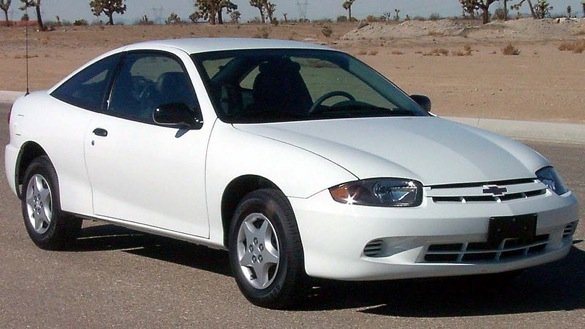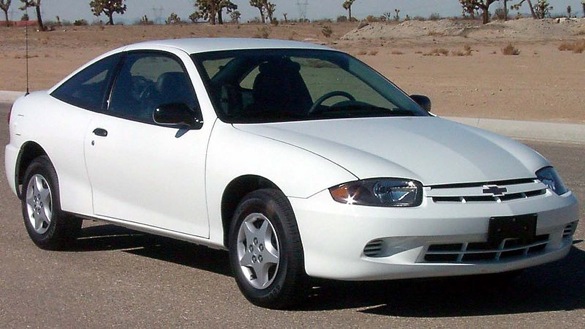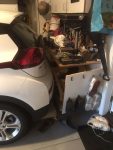It’s no secret that drivers are holding onto cars longer these days, since the whole concept of disposable income seems to have gone the way of the dinosaur. The average time that drivers hold on to new cars now is something like 10 years, which, under most circumstances, doesn’t pose a problem with parts availability. That’s not always the case, as a California blogger who goes by the name PaperDol recently found out.
PaperDol drives (or drove, actually) a 2004 Chevy Cavalier. A few weeks back the accelerator pedal went to the floor, with no corresponding forward motion from her car. At first, the driver thought her foot had slipped from the accelerator; upon closer inspection, she realized that the accelerator pedal assembly itself had broken. PaperDol’s first trip was to her trusted mechanic, who was unable to locate the $50 part in GM’s replacement part inventory. Because of federal safety laws, the part couldn’t legally be replaced with a used one, so her mechanic advised her to bring the car to a Chevy dealer.
Thus began, in PaperDol’s words, a “nightmare of mind-searingly bad customer service,” and anyone who’s had recent experience with a large corporation can associate far too well. First she was told the part was on its way, only to find out later that the last example in America, the world and perhaps the entire universe had been sold just three weeks earlier. The response from a mechanic at the dealership, “there are no guarantees in life,” did nothing to ease PaperDol’s frustration.
The dealer’s next course of action was to try and upsell her into a new Chevy, going so far as to offer seven-year financing to “keep the payments low” (and, coincidentally, pad the profits made by the dealership on the loan). For now, the situation is at an impasse: PaperDol is sans cars, the dealership has run out of options and GM is only saying that it will “get back to the customer.”
Source: Left Lane News




